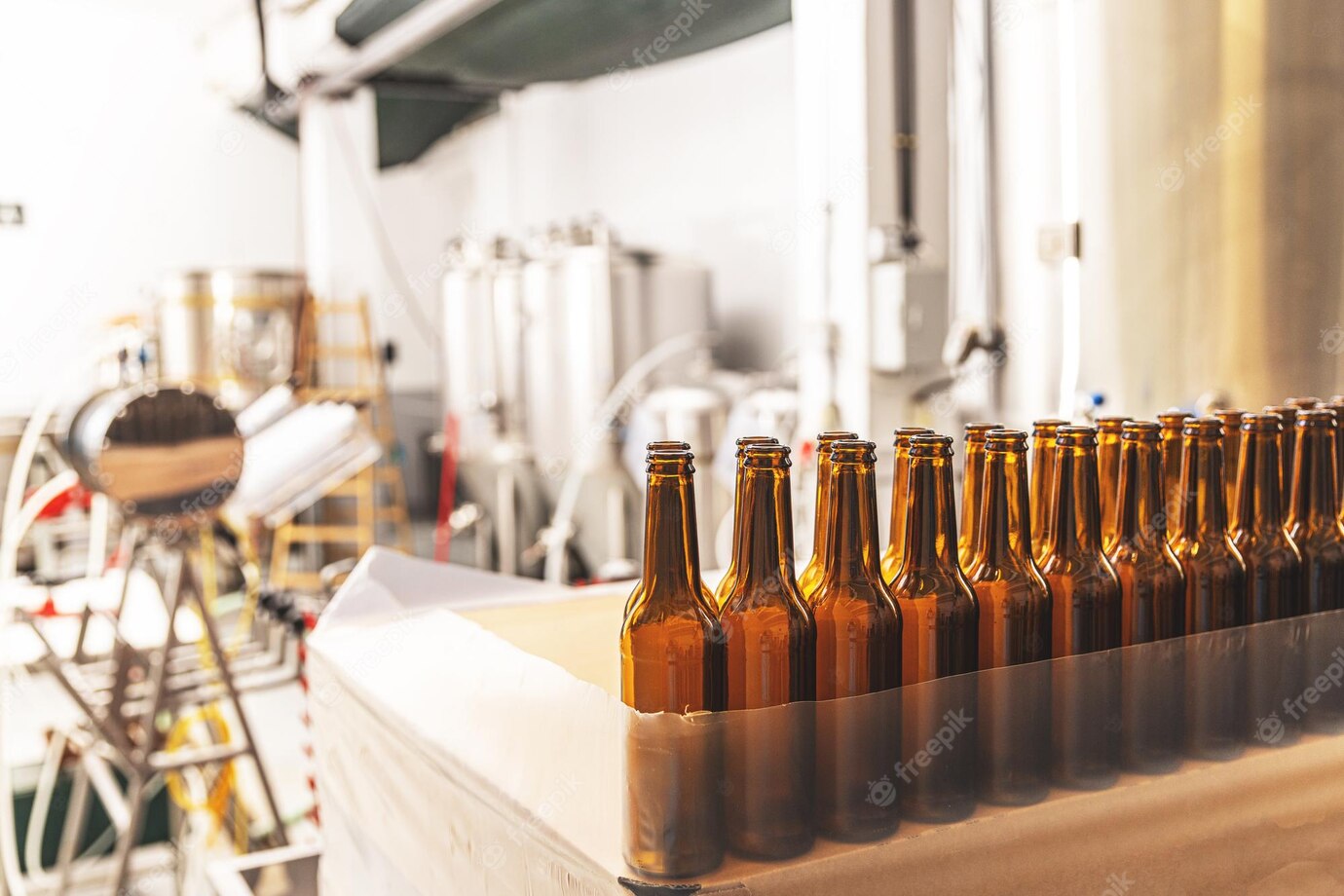Up Your Brewing Game! Learn Tips and Tricks to Make Great High-Gravity Beers
Are you looking to expand your home brewing into crafting more complex and full-bodied beers? If so, high-gravity beers may be just the ticket. High-gravity beers have a higher alcohol content than more traditional beers and offer a unique challenge to any homebrewer. Here, we dive into the tips and tricks of crafting delicious high-gravity beers. Take your brewing skills to the next level!
Brewing High-Gravity Beers: Tips and Tricks
Brewing high-gravity beers can be a challenge for even the most experienced home brewers. High-gravity beer is any beer with an original gravity (OG) greater than 1.060, which is higher than the average of around 1.050. High-gravity beers often have a higher alcohol content, more complex flavors, and a greater sense of body and mouthfeel. This article will provide home brewers with some tips and tricks for brewing high-gravity beers.
Know Your Yeast
The first step in brewing a high-gravity beer is to choose a yeast that is capable of fermenting such a beer. Many brewers opt for ale yeasts, as they are well-suited for fermenting higher gravity worts. But it’s important to note that some yeasts, such as lager yeasts, may struggle to ferment high-gravity worts. In such cases, it can help to use a hybrid strain or a blend of different types of yeasts.
Choose the Right Equipment
Another important step in brewing high-gravity beers is to make sure you have the right equipment. Normal beer kits will usually be insufficient when it comes to high-gravity beers, as they may not have the capacity to handle the larger volumes of wort and hop oils. For best results, make sure to invest in equipment specifically designed for high-gravity beers, such as a stainless steel fermenter and bottling buckets.
Harvest Yeast
When it comes to brewing high-gravity beers, it can be important to harvest your yeast from another batch of beer. Yeast harvested from other beers can help ensure that your beer reaches its desired original gravity. It can also help prevent the yeast from becoming stressed or fatigued, which can cause the beer to have an off-flavor.
Carbonation Issues
High-gravity beers often have difficulty with carbonation. This is due to the higher alcohol content, which interrupts the CO2 absorption process. To avoid this problem, it can be a good idea to use a champagne bottle and measure the amount of priming sugar accordingly. Alternatively, some brewers like to bottle condition their high-gravity beers using bottled water or club soda to increase the putative CO2 content of the beer.
Dry Hopping
Dry hopping can be a great way to add extra hop aroma and character to any beer. But it’s especially useful for high-gravity beers, as the extra hops can help to balance out the alcohol content and add some complexity to the flavor profile. For best results, it’s important to be careful when calculating the amount of hops to use, as too much can lead to a bitter or astringent beer.
Summary
Brewing high-gravity beers can be a challenge, but with the right tips and tricks, you can brew a delicious and complex beer. To start, you’ll need the right equipment, yeast, and ingredients. Be sure to harvest yeast from another batch of beer and use the correct amount of priming sugar and hops when bottling. With the right tips and tricks, and a bit of practice, you can brew a delicious high-gravity beer.
Good luck!

